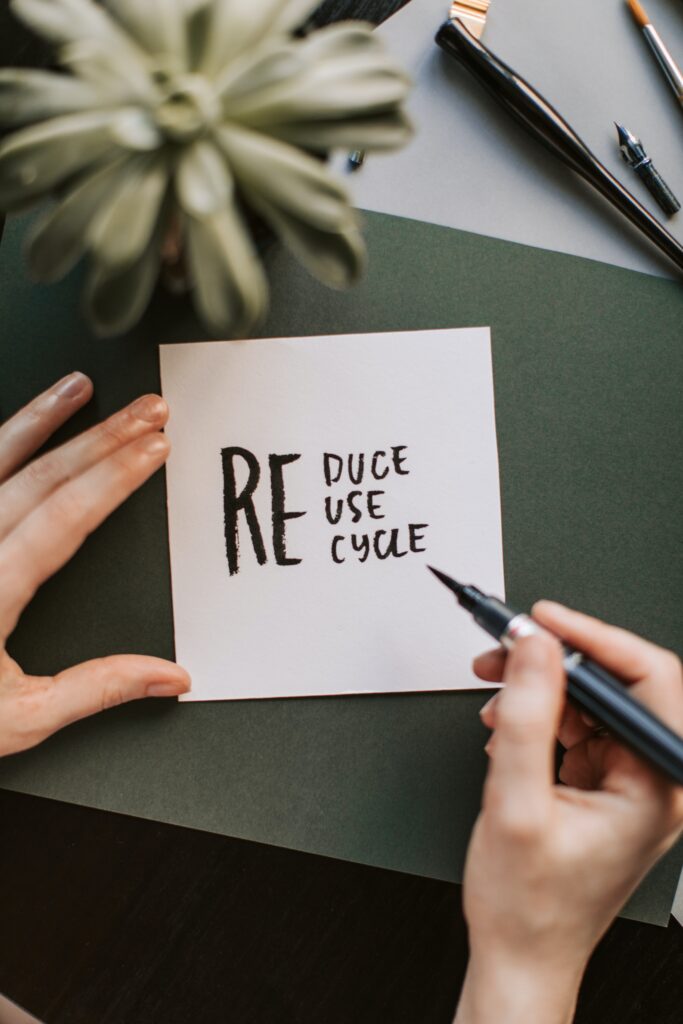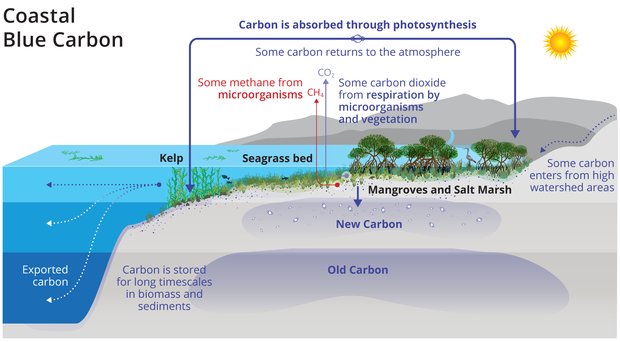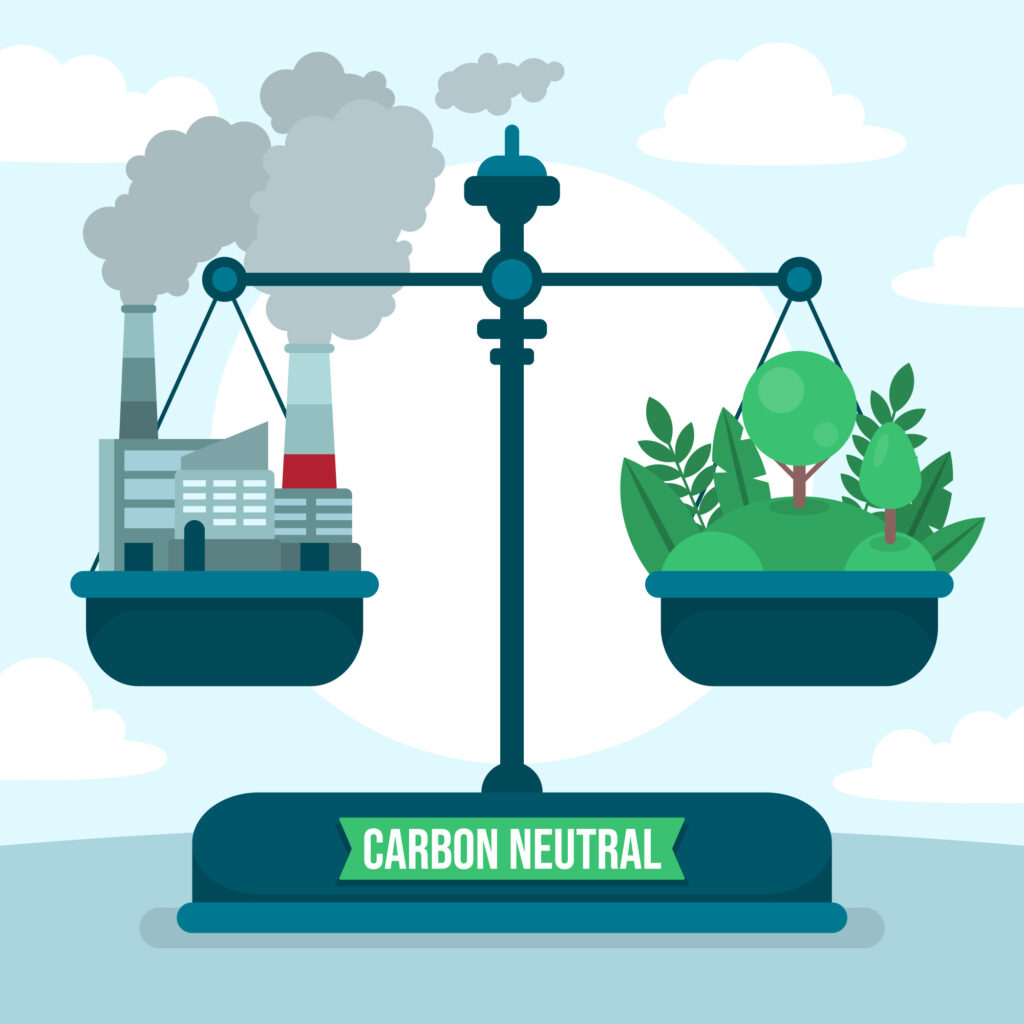
Consequences of Climate Change, and How to Mitigate It
The pace of global warming is increasingly being discussed in everyday conversations and in the news. Temperature instability, devastating natural disasters, and forest fires that are caused by long droughts lead to the conclusion that the earth is now facing drastic climate change. Therefore, regulations were introduced that require companies, especially in the industrial sector, to reduce the amount of carbon released into the air, called carbon credits.

According to Dwikorita Karnawati, “Climate change is an issue that must be considered because it has a major impact on the sustainability of living in the future. Therefore, we need to take some action to control climate change concretely from all levels of society.” She said this at the 73rd World Meteorological Organization, WMO Day commemoration, which refers to the meteorological convention that was first held on March 23, 1950.
She continued, that things the community can do to reduce climate change such as: practicing 3rs (reduce, reuse, recycle), not littering and burning waste products, and saving energy use. The solution that she explains, refers to environmentally friendly activities with the concept of carbon credits, in suppressing the impact of greenhouse emotions in the form of methane (CH4), and carbon dioxide (CO2) emissions.
Carbon Credits: One of The Solutions For Industries to Reduce The Release of Carbon Into The Air
So, what are carbon credits and why are they related to climate change? Carbon credits are tradable permits that allow a company to emit an equivalent amount of greenhouse gases or carbon dioxide. Or simply put, carbon credits are the ‘right’ of a company to emit a certain amount of carbon in its industrial processes. One ‘right’ allows the emission of 1 ton of carbon dioxide or other greenhouse gas equivalents.
The main purpose of carbon credits is to reduce greenhouse gas emissions into the atmosphere, where companies are given credits that allow them to continue ‘polluting’ up to a certain limit, then periodically reduced. Therefore, private companies will be doubly incentivized to reduce greenhouse emissions. In addition to carbon credits, companies can offset carbon emissions by creating biofuels derived from carbon captured from the atmosphere, funding hydropower, geothermal, wind, and solar, projects that reduce carbon, which are included in carbon offset activities.
Companies or countries are given a certain number of credits and can trade them to help balance total emissions worldwide. The UN also said, “Because carbon dioxide is a major greenhouse gas that comes from the use of oil, gas, and fossil fuels, it must be suppressed so as not to adversely affect the climate in the future.” The aim is to reduce the number of credits over time, thereby incentivizing companies to find innovative ways to reduce greenhouse gas emissions.
Based on the explanation above, it is said that these carbon credits are applied to companies and countries. So, can we buy carbon offset for personal use?
It is explained that, only if you represent a large company, you cannot buy carbon offsets at the moment. You must be a third party or an intermediary for the company. Another way is to work in the verification field, which checks and re-checks whether the carbon offset really belongs to the carbon offset.
Blue Carbon: Natural Abilities of Nature That Must be Preserved
One of the special carbon credits that people need to know is Blue Carbon, which consists of mangrove forests, seagrass beds, and tidal marshes, referred to as blue carbon ecosystems. Mangroves are a variety of tree species that can survive in tidal areas and can withstand wave currents in brackish water areas. The mangrove forests themselves can also provide a place for biota to live such as mud crabs, prawns, and small fishes that can be consumed, and improve marine ecosystems such as coral, and algae that grow near brackish to saline water areas.

Therefore, calculations are needed that can increase the effectiveness of carbon capture through blue carbon ecosystems such as location, water depth, plant species, and nutrient availability. Increasing the life of these ecosystems can indirectly provide benefits for land and marine life. These ecosystems also have a fabulous impact on carbon reduction.
The solution described can work surely if all sectors of society work together, and have an awareness of the importance of protecting the earth we live on wholeheartedly

